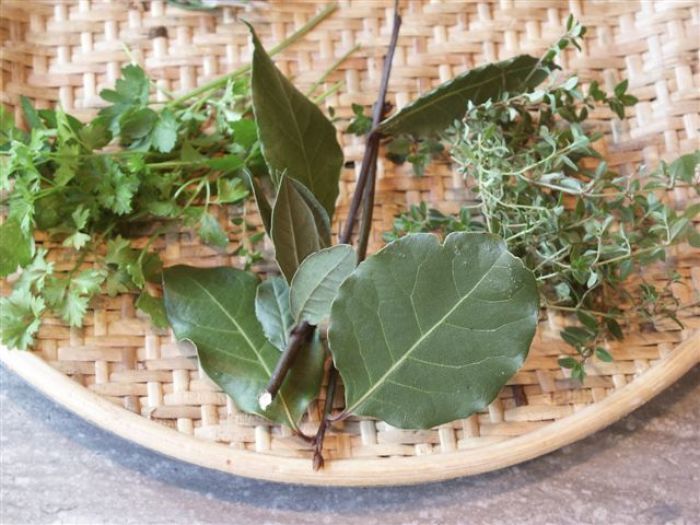
This weekend I will be giving a demo featuring ‘Herbal Blends from Around the World’ at the Thrive! Summer Festival at the U.S. Botanic Garden. It has inspired me to think about growing small gardens or containers featuring herb blends.
Here is a trio of garden ideas featuring herbs that are used in special herb blends. Included are the Bouquet Garni Garden, Herbes de Provence Garden, and the Fine Herbs Garden. Each of these small gardens are designed for growing the specific ingredients that make these classic blends unique; you can plant them in a garden plot, or in containers.
All of these herbs, both the annuals and perennials, are easy to grow and maintain. Their main requirements are a location in full sun, soil with good drainage, regular watering, and occasional fertilization. It is important to get your herb plants from a reliable herb grower or nursery so that you start out with good healthy plants that are correctly identified. When you go to select your herbs, rub the leaves and smell their individual fragrance—this way you can choose the varieties that appeal to you most.
It is not too late to make a plan: draw your garden plan on paper making sure that you are leaving adequate space for the plants to grow and spread. When you prepare the earth for transplants, work in some humus or compost. Set the plants once the weather has warmed sufficiently and pay attention to spacing so that the plants get adequate air circulation. Watering, weeding, and fertilizing are the main tasks of herb gardening, other than reaping your herbal harvest. The following gardens are designed for fun and flavor. They are not set in stone—if there is a certain herb you don’t like—replace it with one that you do.
All of these herbs and blends can be used fresh from the garden, or they can be dried, then packed in glass jars, and stored away from sunlight.
The Bouquet Garni Garden
Many different herbs are used for bouquet garnis depending on the dish being prepared. A traditional bouquet garni includes bay, parsley, and thyme. Some add savory, and an allium such as garlic chives. I placed a bay tree in the center of the garden in a pot, since bay is a tender perennial and is not winter hardy here in my zone 7 garden. If you don’t live in a southern region, like California or Florida, you will have to bring your bay inside for the winter. Either flat-leaved or curly parsley can be used, or a few of each plant. French, English, or Provencal thyme are all good culinary herbs. Summer and winter savory are both good. If you like marjoram, it could also be included here. Use this bouquet garni in soups, stocks, stews, and in marinades.
Herbes de Provence Garden
This well-known herb blend is sold worldwide in little clay crockery pots and is fairly expensive. You can grow these herbs and make your own version for you and your friends to enjoy. The five herbs included in this French favorite are fennel, basil, savory, thyme, and lavender flowers. Green and bronze fennel are both handsome plants—they grow at least four feet tall, so place them in the back of the garden. I suggest my favorite basil which is Genoa Green, but a few others like piccolo or lemon are very nice. For this blend, I choose summer savory over winter and of course, Provencal and French thyme are the appropriate choices here, although green lemon thyme is quite good also. Any of the lavender flowers are edible, however the foliage is not. I have found that hyssop, tarragon and even rosemary are sometimes added to this blend on occasion. Use this blend sparingly since it is full of flavor; it is used in sauces, with pizza and pasta, fish stews, marinades, and with lamb and poultry.
Fine Herbs Garden
Fine herbs are more often used fresh than dried, though they can be easily dried. This combination of tarragon, chives, chervil, and parsley is full of fresh flavor. Only French tarragon is good culinarily, use common chives, or garlic chives, if desired, and either flat-leaved or curly parsley. I like the taste of fine herbs in mayonnaise, butters, sauces, vinaigrettes, marinades, light soups and stocks, court bouillon, and with vegetables.
I will write more in my next post on my day at the U.S. Botanic Garden making herb blends with visitors to the gardens and I promise to include a favorite recipe, or two.


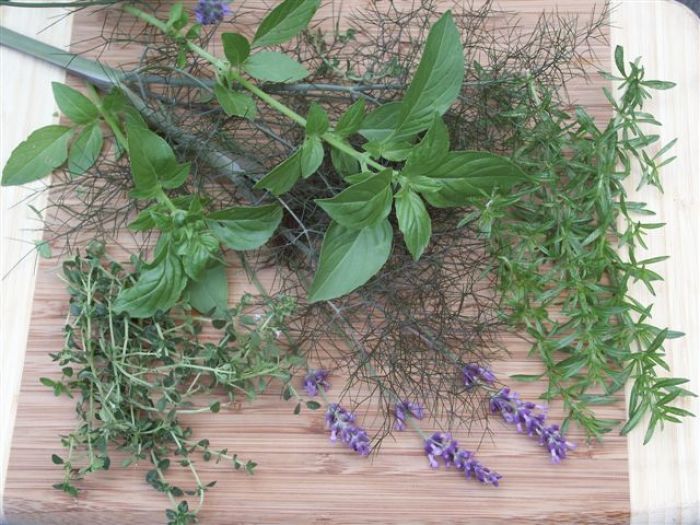
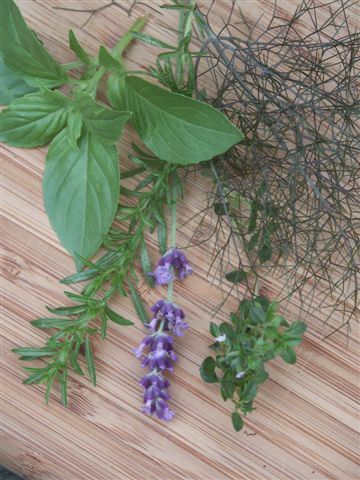




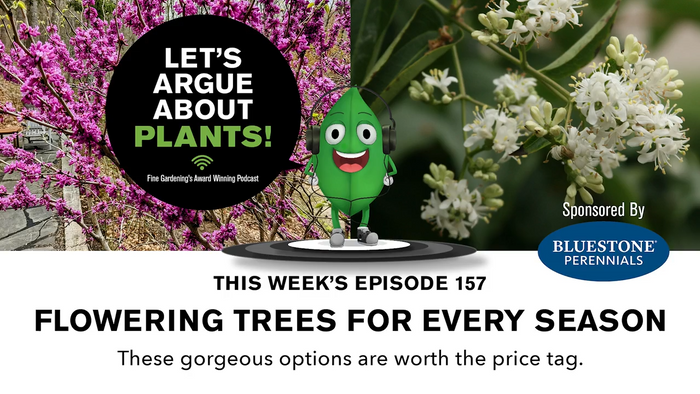
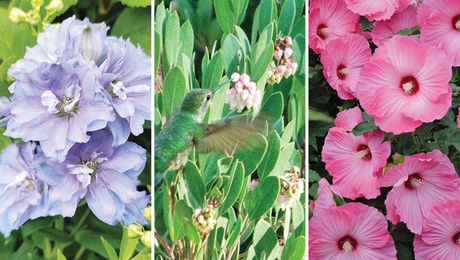




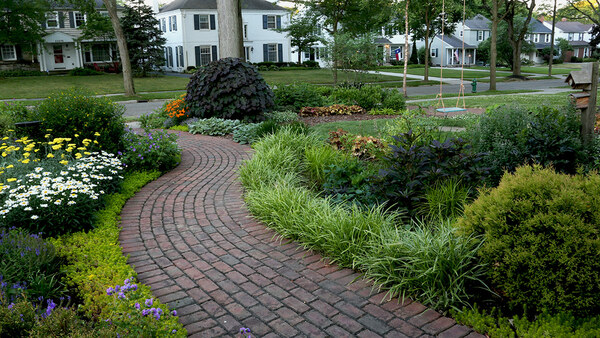
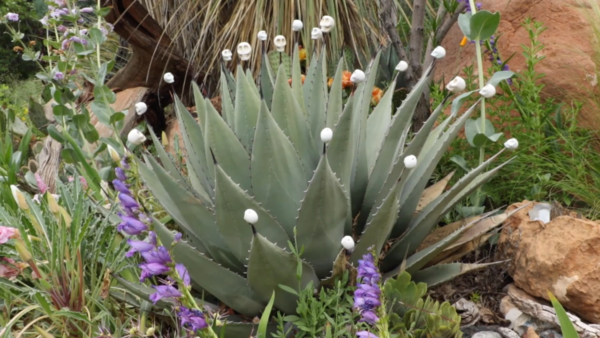



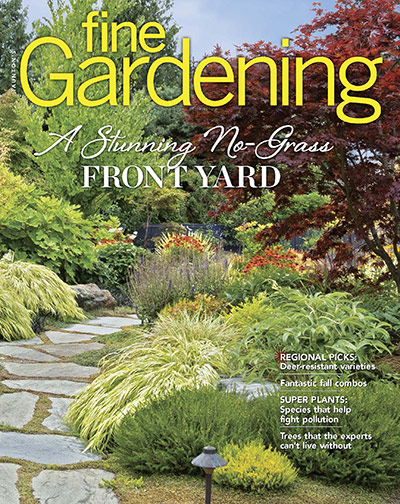
Comments
Log in or create an account to post a comment.
Sign up Log in